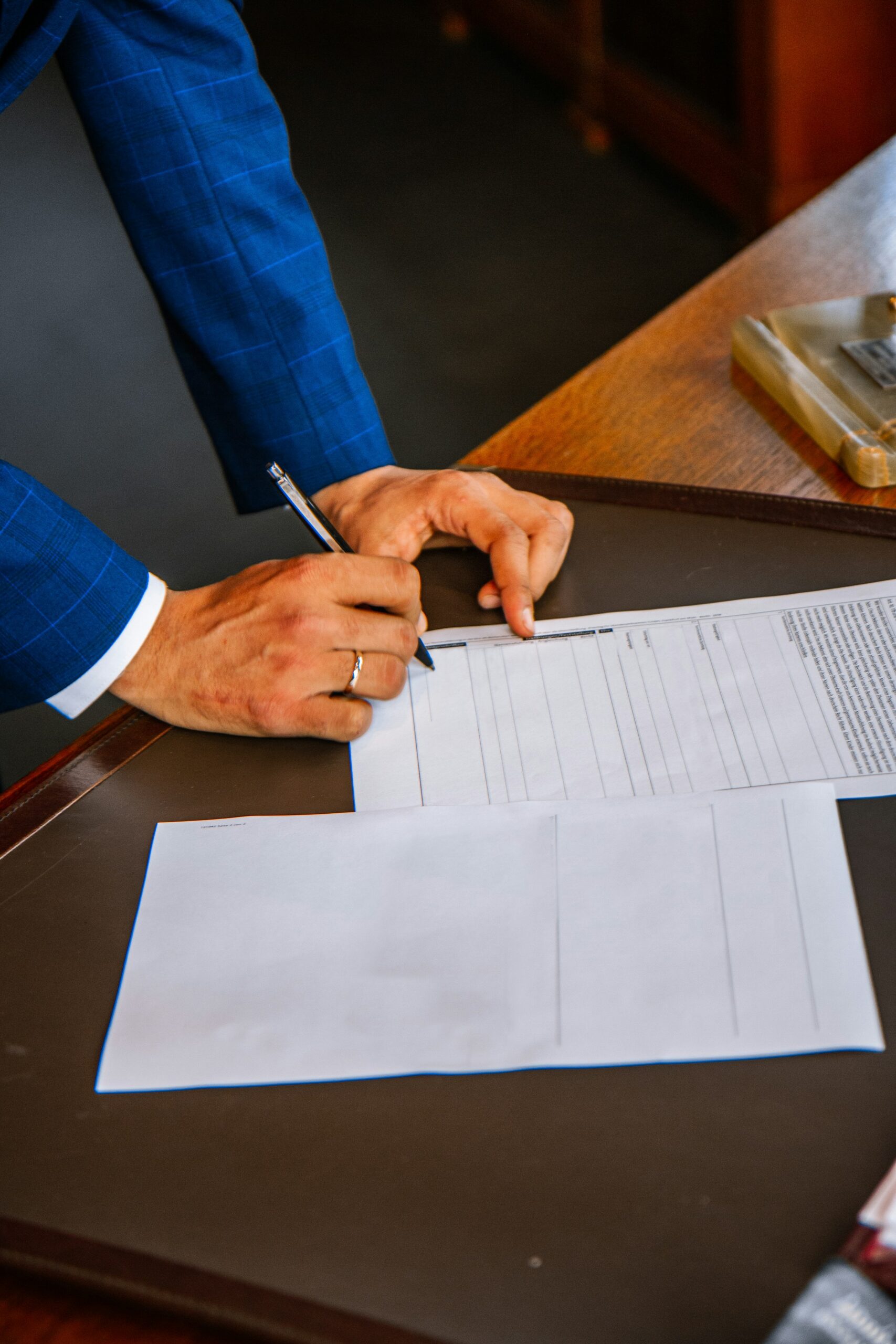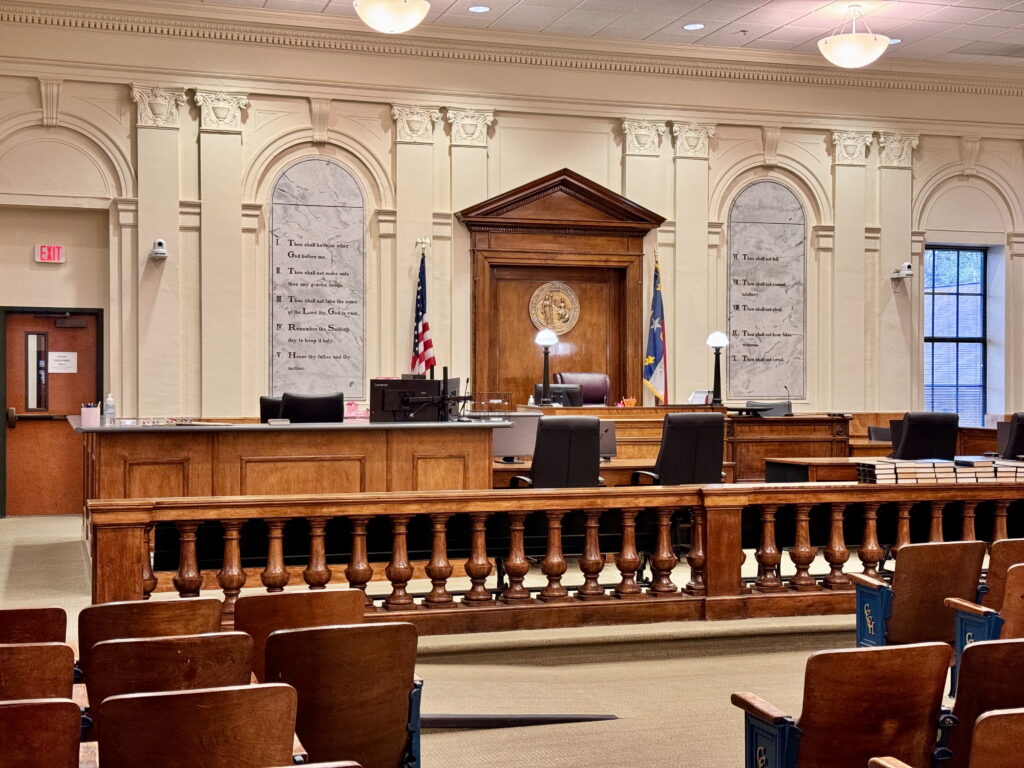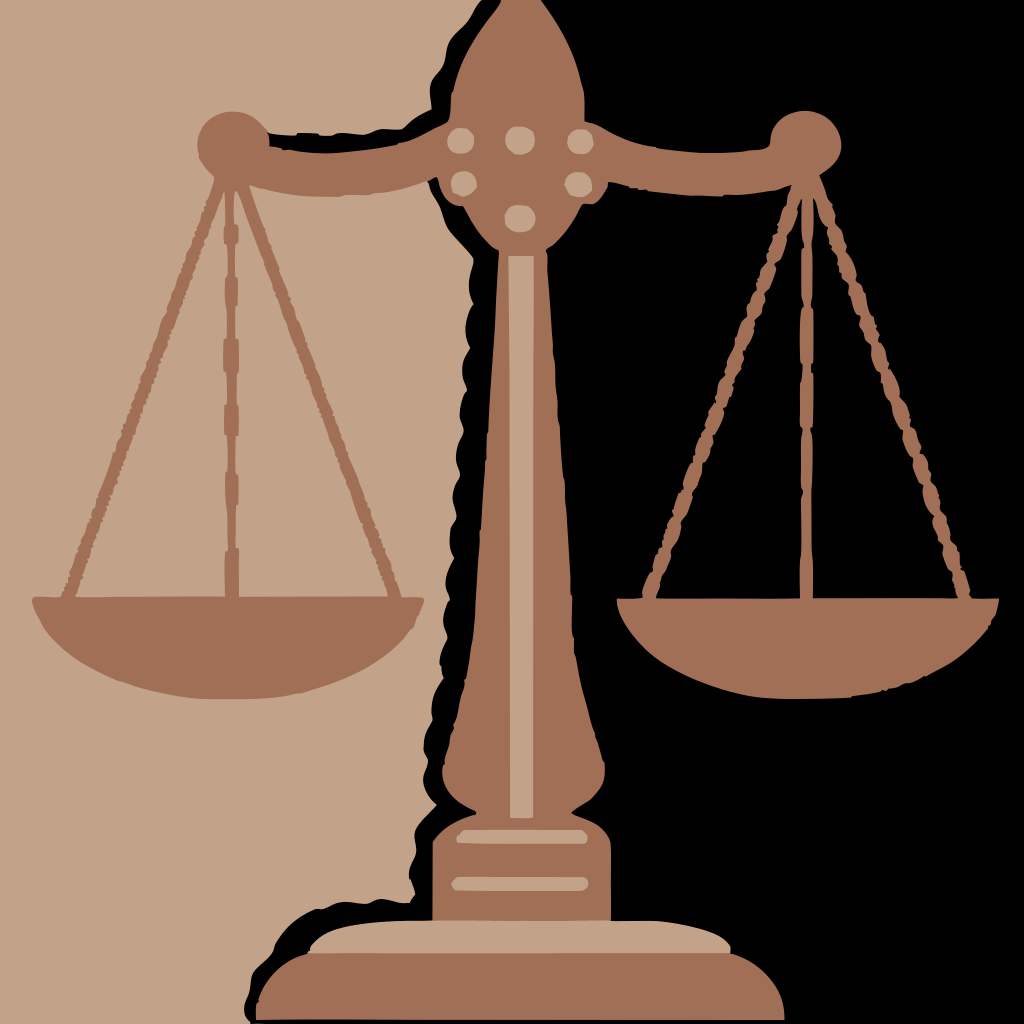Introduction
Auto accidents can happen in an instant, leaving you feeling shaken, confused, and unsure of what to do next. Whether it’s a minor fender-bender or a serious collision, this guide will walk you through what to do immediately after an accident — and how an auto accident lawyer can help you every step of the way.

Measures to Take After an Accident
As per every kind of incident, safety and prevention are the best reassurance, but sometimes things can go wrong even to the most prepared drivers and the aftermath of an accident can turn worse if you are not able to apply the right measures.
Once an accident has happened you should have been able to apply actions such as:
- Checking for injuries. If anyone got injured, calling the 911 right away would have been the best action.
- Moving to safety. If it’s safe and possible, consider moving vehicles out of the road to prevent further collisions.
- Turning on hazard lights. Alerting other drivers that there’s an accident ahead can prevent further collisions.
- REMINDER: Never leave the scene — even in a minor accident.
In the next paragraph we will explain how a qualified lawyer can help you during the case and what you can do to get an higher chance for a successful case.
How an Auto Accident Lawyer Can Assist in The Process
As it was introduced before, we will talk (in easy steps) about how an auto accident lawyer can assist you through your case.
Step 1: Initial Contact, Consultation and Subsequent Hiring
The first step to take in order to find a good lawyer is to screen through the various lists (on the web and offline), check reviews or even ask friends for their experiences (if they had any), if you still haven't been certain about who to hire, you can check the tool above we've built for you and filter through the various lawyers in your area.
- Once you’ve decided who to contact, consultation consists of telling your detailed story of the accident and its aftermath (injuries, medical treatment, missed work, impact on life). Bring any kind of documents you have (police report number, photos, insurance cards, initial medical bills) to support your case.
- After you’ve provided the right documentation, the lawyer will explain you the legal process in your state, the potential challenges (like comparative negligence if you might be partially at fault), the types of damages you might recover (economic, non-economic), their typical timelines and importantly, their fee structure (usually a contingency fee for personal injury in which the lawyer takes a percentage of the recovery, and you pay nothing upfront for the service given you during the case).
Before hiring, there’s some rightful notes to remember:
- Building Trust: This is where rapport begins. You need to feel comfortable with the lawyer and trust their expertise. They need to understand your situation fully.
- Confidentiality: Everything you discuss is protected by attorney-client privilege, even during the initial consultation before you formally hire them.
- Decision & Agreements: If you both agree to proceed, you will sign a Representation Agreement or Fee Agreement. Read this carefully. It outlines the scope of representation, the contingency fee percentage, how case expenses are handled (does the firm advance them?), and communication expectations. This formally establishes the attorney-client relationship.
- Setting the Expectations: A good lawyer will manage your expectations realistically, explaining that results are never guaranteed.

Step 2: What Will Your Auto Accident Lawyer Do After The Hire
Evidence Gathering, Liability Analysis and Insurance Contact will be the main processes for advancing through the case.
As a first step, the lawyer and their team will launch a full investigation. This includes:
- Obtaining the official Police Accident Report, requesting all your medical records and bills from all providers (hospitals, doctors, therapists, pharmacies). You will need to sign HIPAA authorizations allowing them to do this.
- The lawyer and his team will identify and interview witnesses. Collecting photos/videos (scene, vehicles, injuries) and documenting property damage (motorcycle repair/replacement estimate).
Only if the case becomes complex enough, there will be a chance for hiring investigators or experts (accident reconstructionist, medical specialists), but only if the complexity of the case warrants it and if you agree to incur in extra payments.
The second step is Liability Analysis, which consists in building an argument for why the other party was negligent and legally responsible.
The final step is Insurance Contact, the lawyer formally notifies all relevant insurance companies of their representation and directs all future communication to go through their office.
Step 2.1: What Will Your Auto Accident Lawyer Do After Gathering The Files
Damage Assessment and Settlement Demand are the next steps the lawyer will take before sending the demand letter to the insurance adjusters.
Note – Before the lawyer starts, he or she will wait for the MMI (Maximum Medical Improvement): Until you have finished a major treatment or reached a point where doctors can provide a clear long-term prognosis (MMI).
- After that, the lawyer starts with the damage calculation of all documentations of economic losses (medical bills, lost wages, etc.) and assesses values of non-economic damages (pain, suffering, impairment, etc.) based on injury severity, duration, impact on life, and legal precedent in your state.
Finally, the lawyer prepares the comprehensive demand letter, outlining the facts, liability arguments, injuries, medical treatment, and a detailed breakdown of all calculated damages. This letter will be sent to the insurance adjuster(s) for evaluation.

Step 3: Negotiation and Lawsuit
Negotiation:
Once arrived, the insurance adjuster reviews the demand package and responds, usually with questions, requests for more information, or a counter-offer (often significantly lower than the demand). The lawyer negotiates back and forth with the adjuster, presenting arguments and evidence to justify the claim’s value. This can take weeks or months.
If negotiations fail to produce an agreement that you find acceptable, and the Statute of Limitations (the legal deadline for filing a lawsuit, which varies by state) is approaching, your lawyer will likely recommend filing a lawsuit.
Step 3.1: What Will Happen At The Court
Your lawyer will draft the formal legal document that initiates the lawsuit, detailing who is being sued, the facts of the accident, the legal basis for the claim (usually negligence), and the damages sought. This is filed with the appropriate state or federal court.
The person or entity being sued "the defendant", must be formally notified of the lawsuit according to court rules.
The Process of The Lawsuit
Discovery: This is often the longest phase. Both sides formally exchange information and gather evidence under court supervision.
Motion Practice: Lawyers may file motions asking the court to make decisions on legal issues (e.g., dismissing parts of the case, ruling on evidence admissibility).
Mediation/Arbitration: Many courts require or encourage parties to try resolving the case through mediation (a facilitated negotiation with a neutral mediator) or sometimes arbitration (a less formal hearing where an arbitrator makes a decision, which may or may not be binding). Your lawyer represents you during these processes
Trial: If the case doesn’t settle through negotiation or ADR, it proceeds to trial. Your lawyer presents your case to a judge or jury, questions witnesses, introduces evidence, and makes legal arguments. The defense presents its case. A verdict is reached.
Appeals: If legal errors occurred during the trial, either side might appeal the decision to a higher court.
Step 4: Resolution & Disbursement
As the final step, the resolution of the lawsuit involves two scenarios:
- If the lawsuit is settled, you will sign a Release Agreement, and the insurance company will issue the payment (usually to the lawyer’s trust account).
- If tried, the judge or jury will deliver a verdict. Post-trial motions or appeals may follow.
Your lawyer will identify and try to negotiate any valid liens (e.g., health insurance subrogation, hospital liens, Medicare/Medicaid payback rights) to minimize deductions from your recovery.
Also, the lawyer will provide you with a detailed written statement showing the total recovery, deduction for attorney fees (based on the contingency agreement), other service expenses and the final net amount payable to you. They then disburse the funds accordingly.
Throughout this entire process, the lawyer acts as your advisor, advocate, and representative, leveraging their legal knowledge and experience to navigate the complexities on your behalf and pursue the best possible outcome for you. Open communication and mutual trust will be the most essential factors for a successful attorney-client relationship.
Conclusion
In conclusion, the lawyer’s expertise in assessing damages, building a strong case based on evidence and state law, negotiating effectively, and being prepared to litigate is crucial.
Most cases will ultimately settle out of court but hiring qualified legal representation significantly increases your ability to navigate this process successfully and obtain the compensation you deserve.
